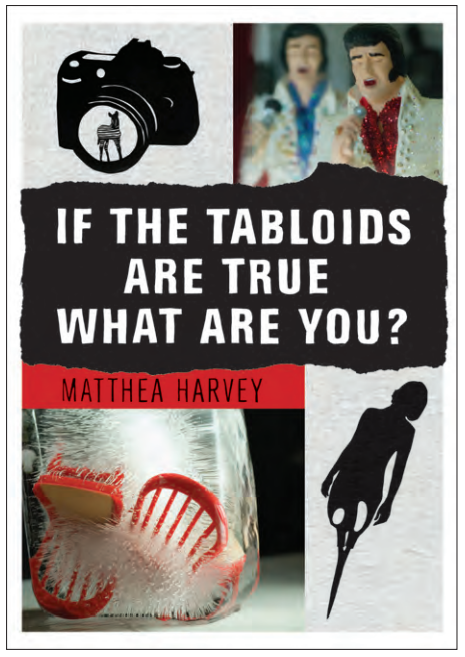THE
STRAIGHTFORWARD MERMAID
The Straightforward
Mermaid starts every sentence with “Look…” This comes from being raised in a
sea full of hooks. She wants to get points 1, 2 and 3 across, doesn’t want to
disappear like a river into the ocean. When she is feeling despairing, she goes
to eddies at the mouth of the river and tries to comb the water apart with her
fingers. The Straightforward Mermaid has already said to five sailors, “Look, I
don’t think this is going to work,” before sinking like a sullen stone. She’s
supposed to teach Rock Impersonation to the younger mermaids, but every beach
field trip devolves into them trying to find shells to match their tail scales.
They really love braiding, “Look,” says the Straightforward Mermaid, “Your high
ponytails make you look like fountains, not rocks.” Sometimes she feels like a
third gender, preferring primary colors to pastels, the radio to singing. At
least she’s all mermaid: never gets tired of swimming, hates the thought of
socks.
Brooklyn poet Matthea Harvey’s remarkable new poetry collection is If The Tabloids Are True What Are You? (Graywolf Press, 2014), a work
thick with full-colour photographs and artworks throughout by the author. One of the smarter and more playful of American poets I’ve seen playing within the structure of lyric narrative, Harvey’s previous books of poetry include Pity the Bathtub Its Forced Embrace of the Human Form (Alice James Books, 2000), Sad Little Breathing Machine (Graywolf, 2004), Modern Life (Graywolf, 2007) and Of Lamb (with illustrations by Amy Jean Porter; McSweeney’s, 2011).
The poems in If The Tabloids Are True What Are You? are witty and whimsical, displaying a pop culture sensibility
and wink to the camera, each composed in that nebulous boundary between lyric
prose poem and postcard story. There is something of the pop culture
sensibility in Harvey’s poetry similar to works by Montreal poet David McGimpsey, Toronto writer Lynn Crosbie, or even American writer and filmmaker Miranda July, pushing an earnest and knowing irony through tales of the
hilarious, fantastic and impossible (and sometimes, perversely and desperately
sad), especially in poems with titles such as “CHEAP CLONING PROCESS LETS YOU /
HAVE YOUR OWN LITTLE ELVIS,” or “PROM KING AND QUEEN SEEK / U.N. RECOGNITION OF
THEIR OWN COUNTRY… / PROMVANIA!”
USING
A HULA HOOP CAN GET YOU
ABDUCTED
BY ALIENS
We’ve never taken anyone
buttoned up and
trotting from point A
to point B—subway to
office, office to
lunch, fretting over
the credit crunch.
Not the ones carefully
maneuvering their
whatchamacallits alongside
broken white lines,
not the Leash-holders
who take their Furries
to the park three point
five times per day.
If you’re an integer in
that kind of
equation, you belong
with your Far-bits
on the ground. We’re
seven Star-years
past calculus, so it’s
the dreamy ones
who want to go
somewhere they don’t know
how to get to that
interest us, the ones
who will stare all day
at a blank piece of paper
or square of canvas,
then peer searchingly into
their herbal tea. It’s
true that hula hoops
resemble the rings
around Firsthome, and that
when you spin, we chime
softly, remembering
Oursummer, Ourspring
and our twelve Otherseasons.
But that’s not the only
reason. (Do we like rhyme?
Yes we do. Also your
snow, your moss, your tofu—
our sticky hands make
it hard for us to put
things down.) Don’t
fret, dreaming spinning ones
with water falling from
your faces.
It’s us you’re waiting
for and we’re coming.
Perhaps
the most striking thing about Harvey’s If
The Tabloids Are True What Are You? is the way she has intricately blended
and incorporated her poems into her wide array of artworks—including
photographs, collage, erasures, needlepoint and tiny installations—into the
collection. The artwork is an integral part of the work (making up more than
half the book), and blend intricately with the poems, as opposed to being
merely decorative or added-on (which so often happens, unfortunately, when
artists/designers attempt to blend writing and art). There is almost a coffee-table
book sensibility to what Graywolf has done with this book, if coffee-table
books could be stunningly brilliant, smart, subversive and strikingly original
(which, predominantly, they are not).




No comments:
Post a Comment